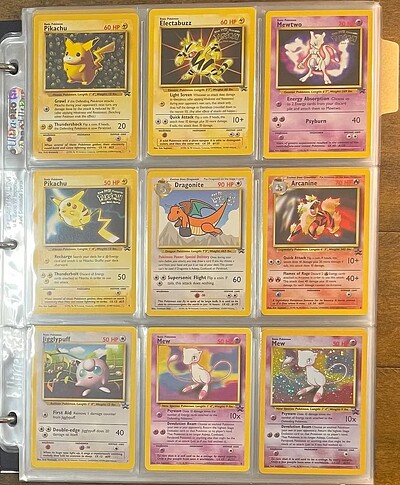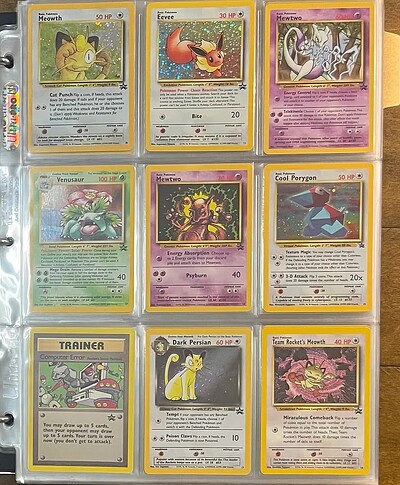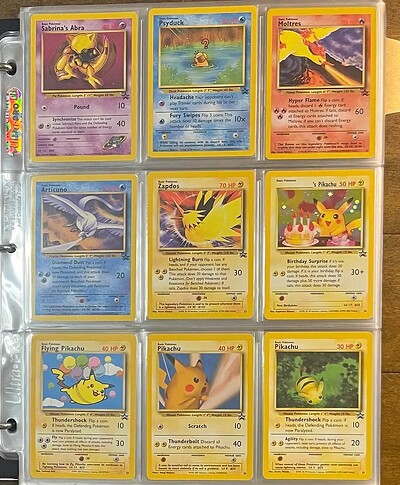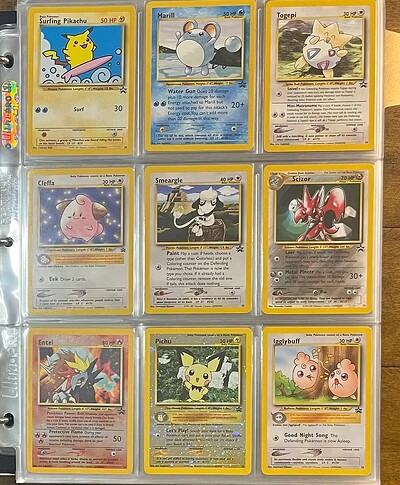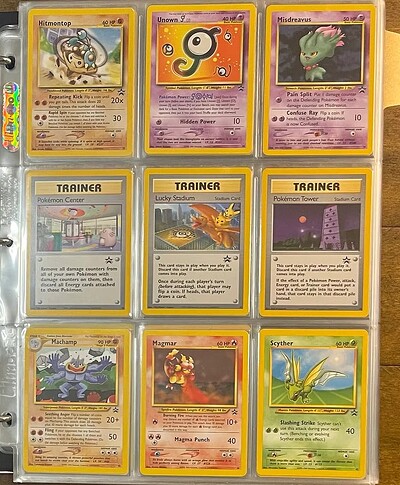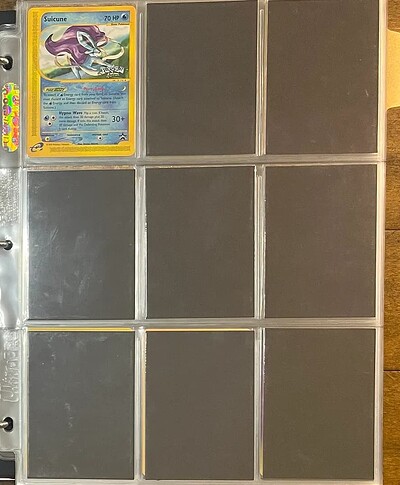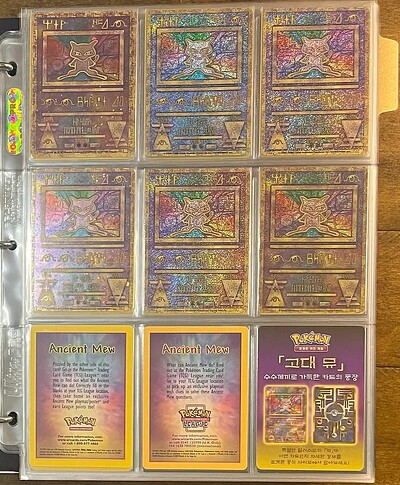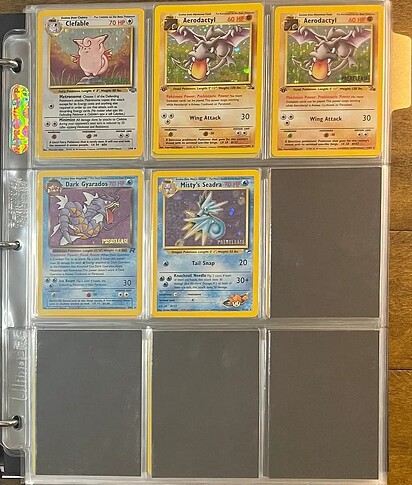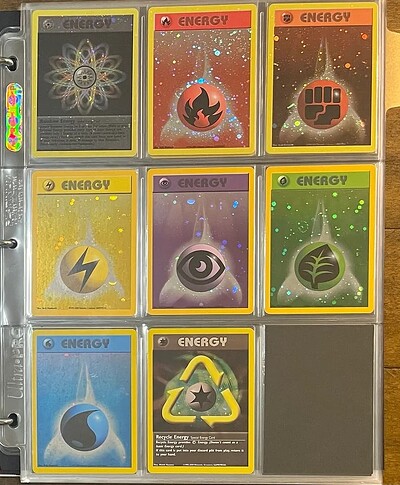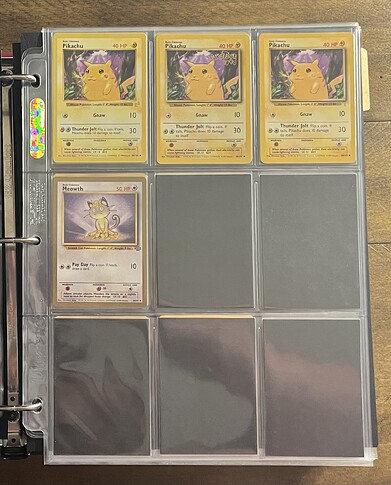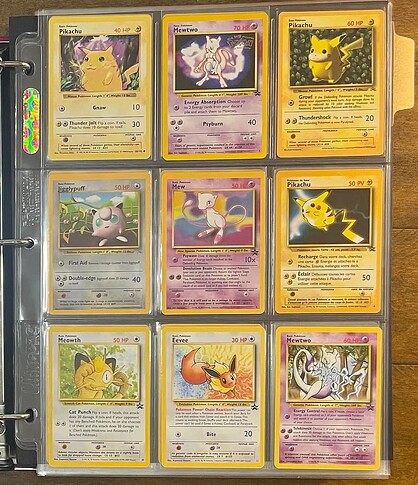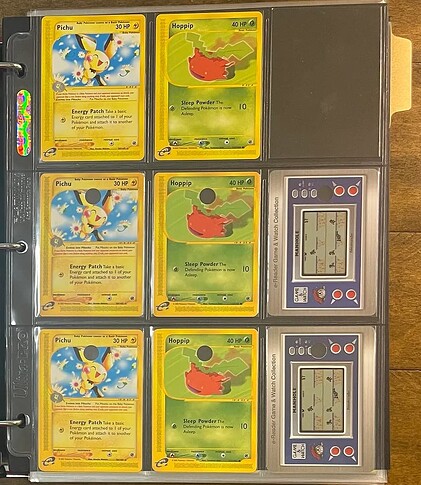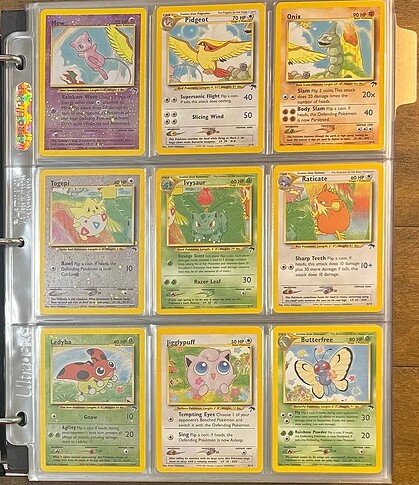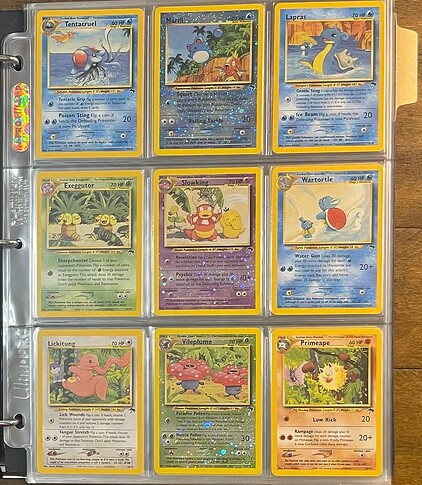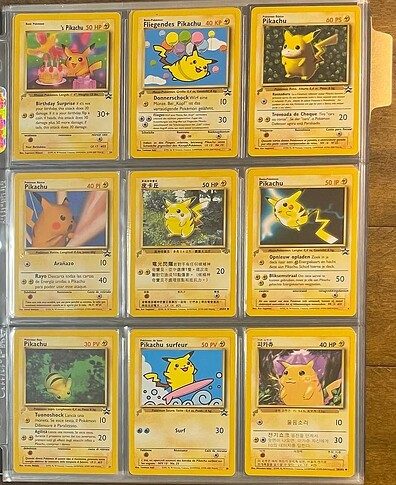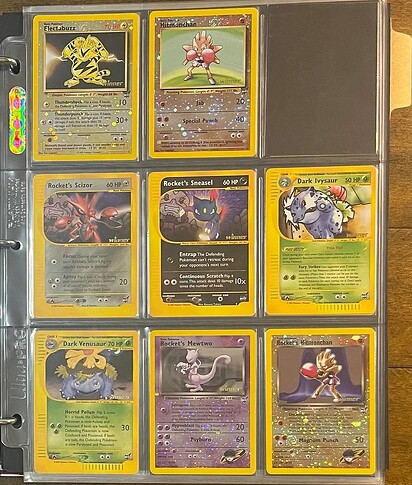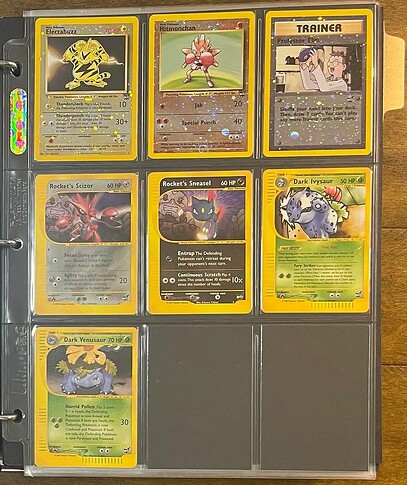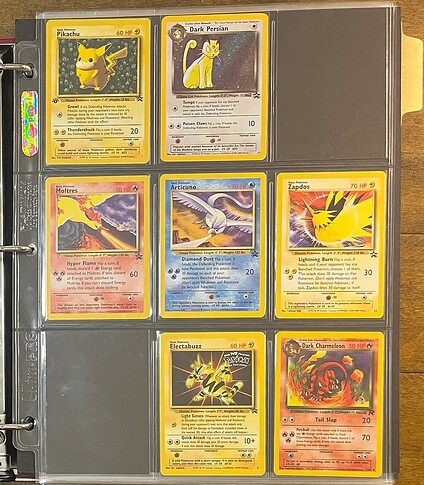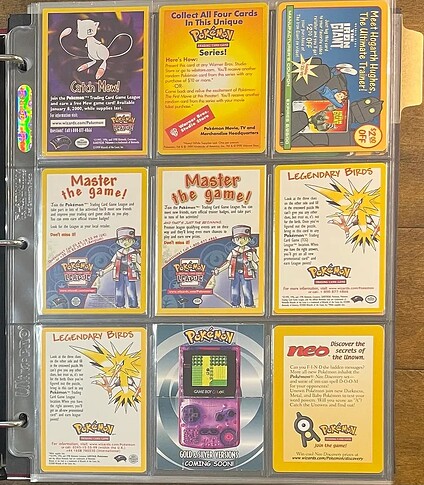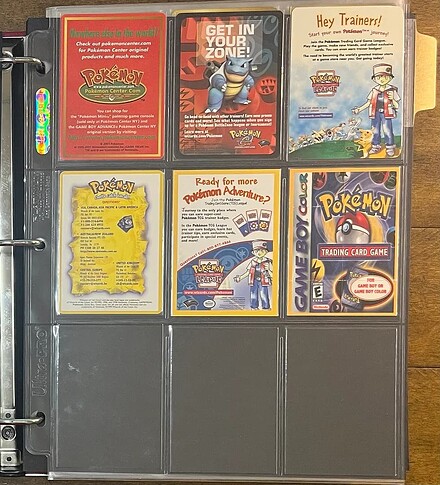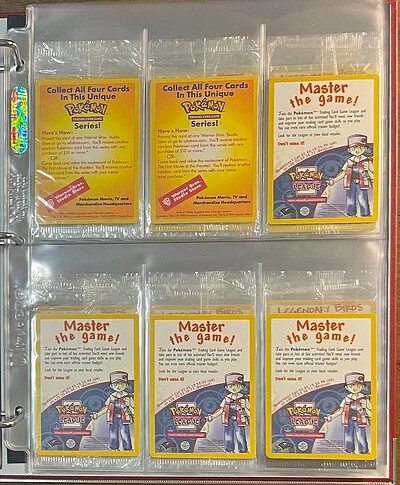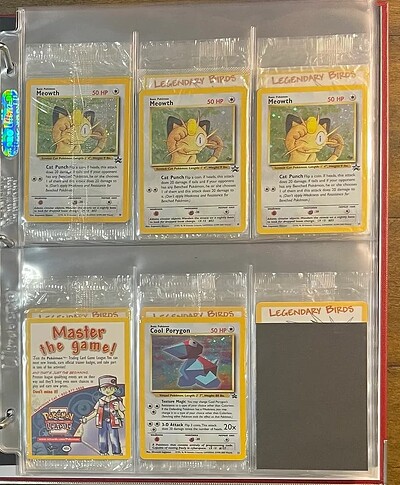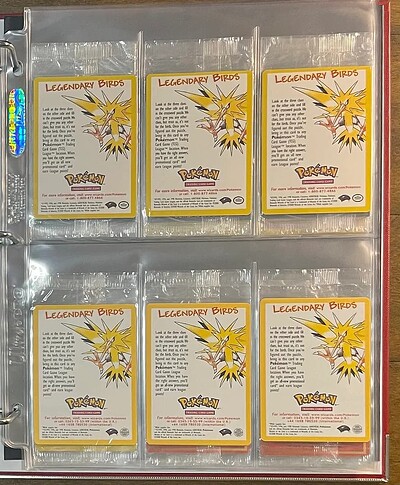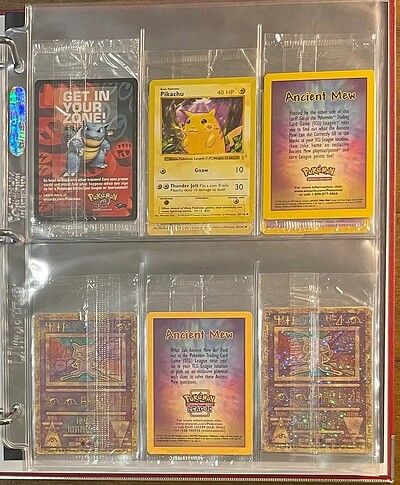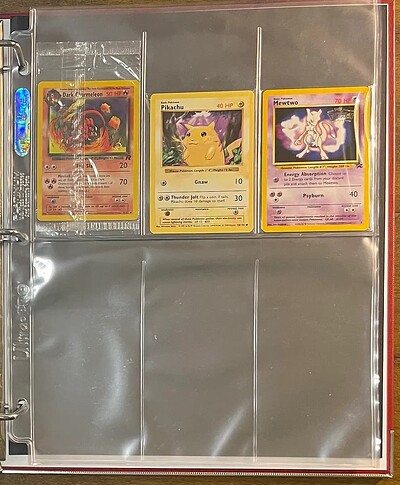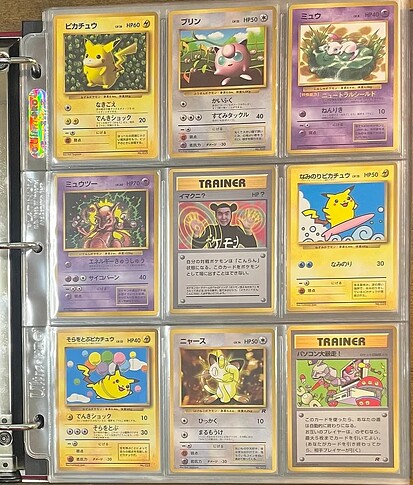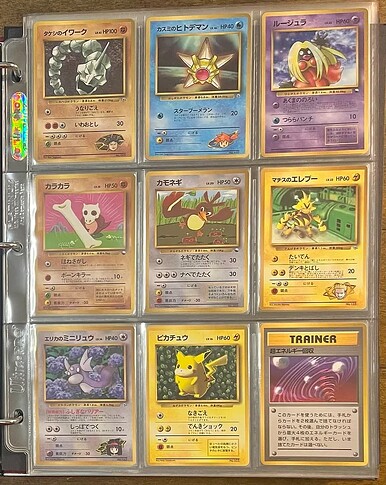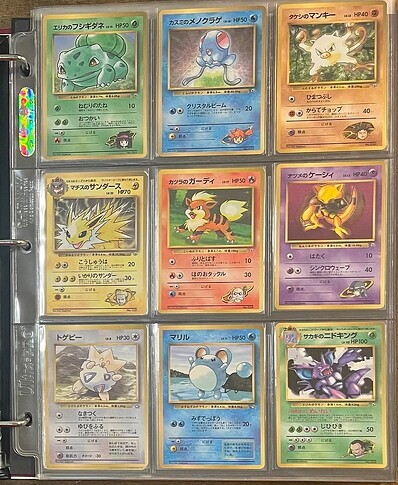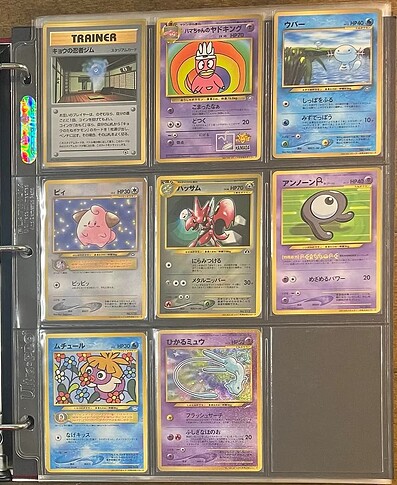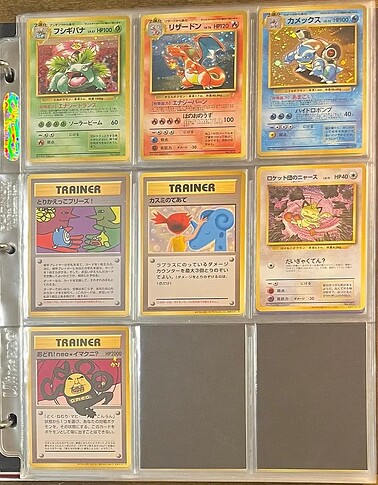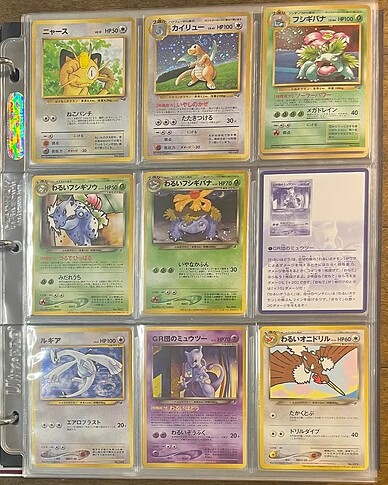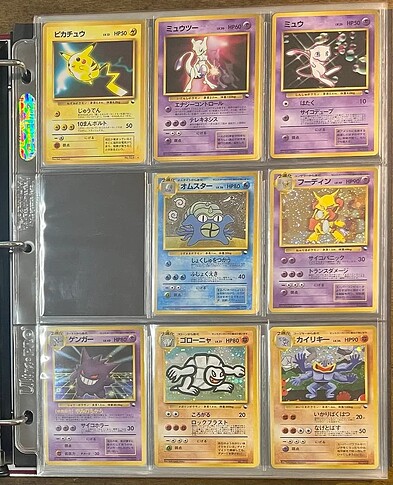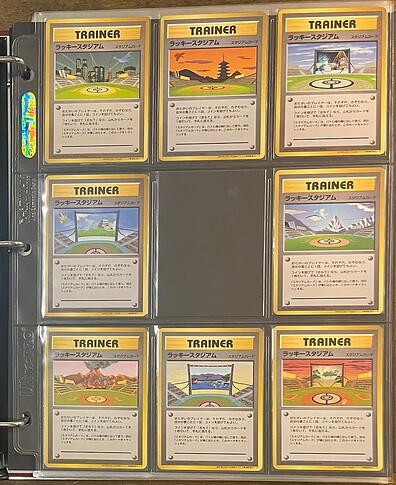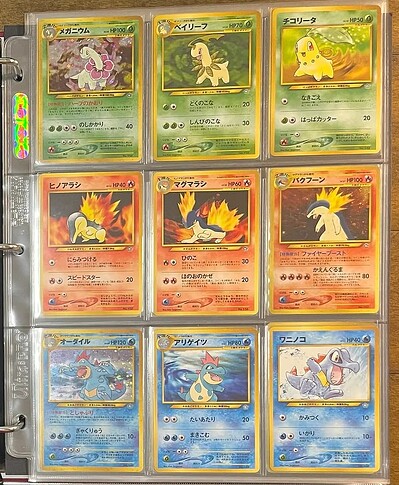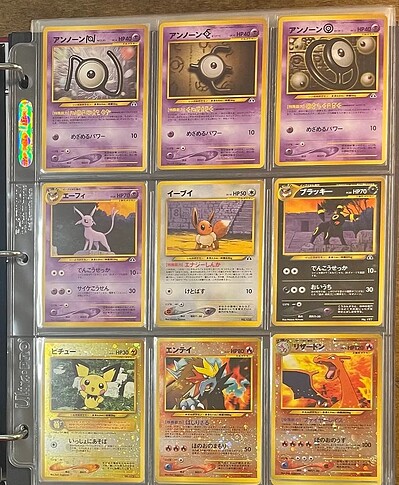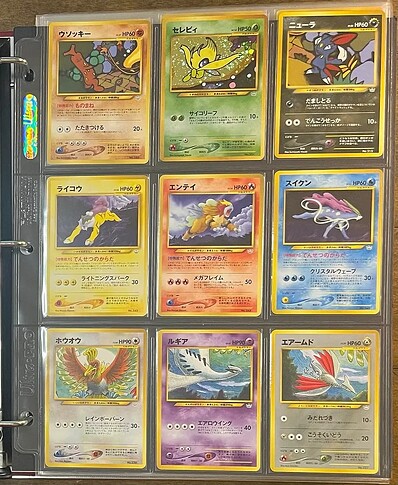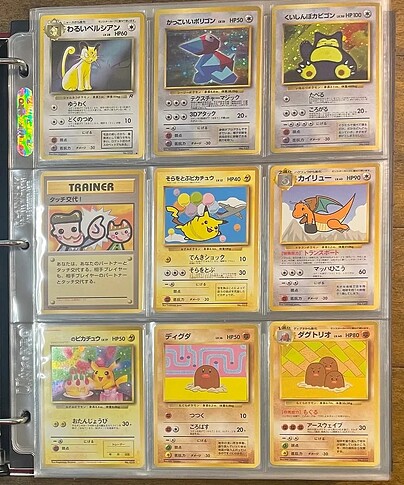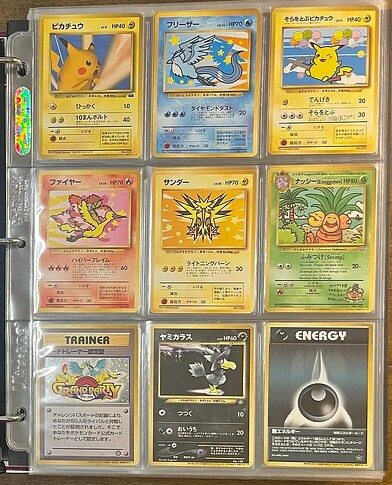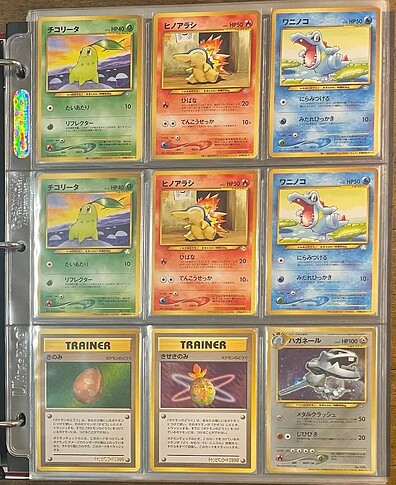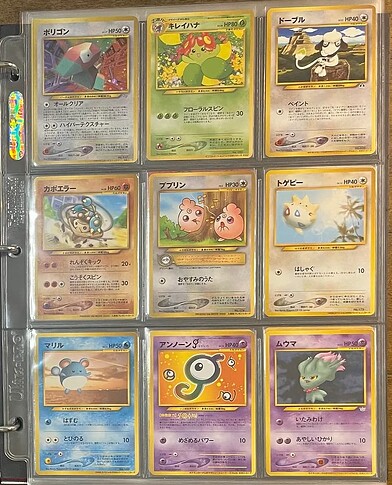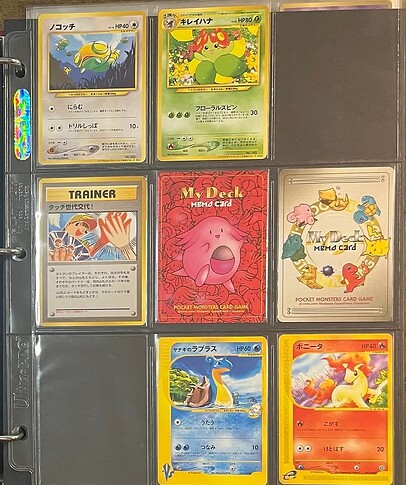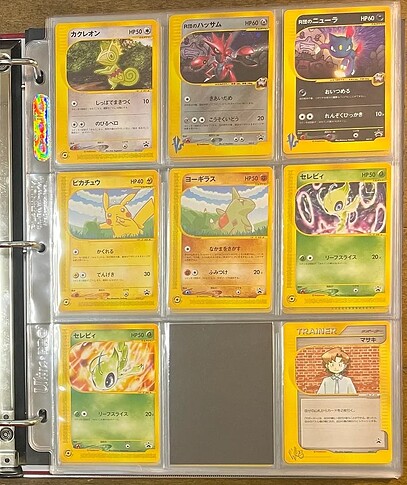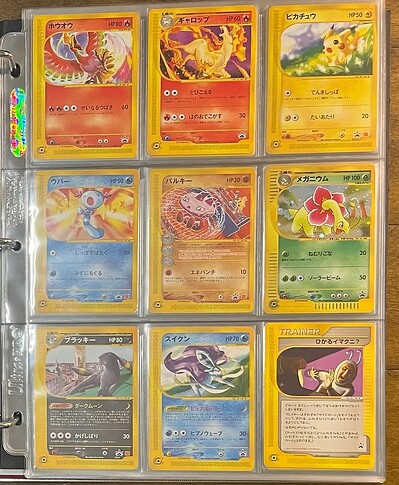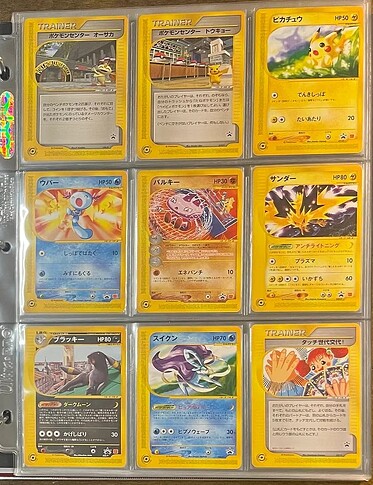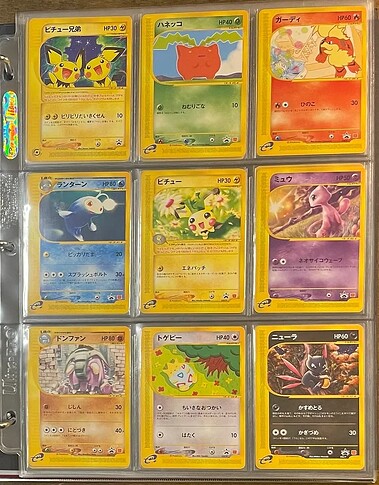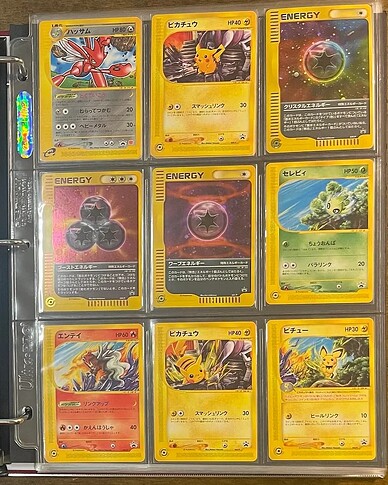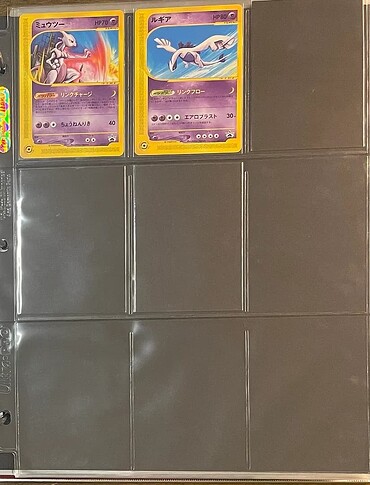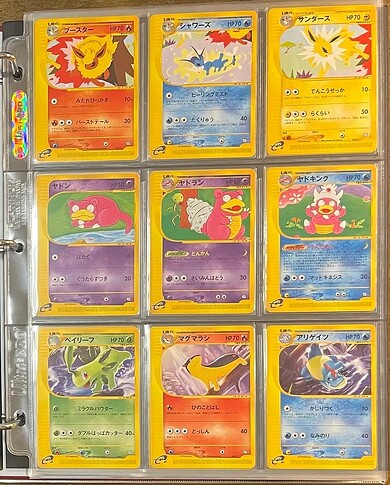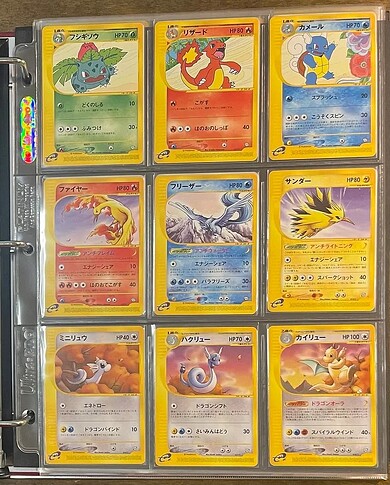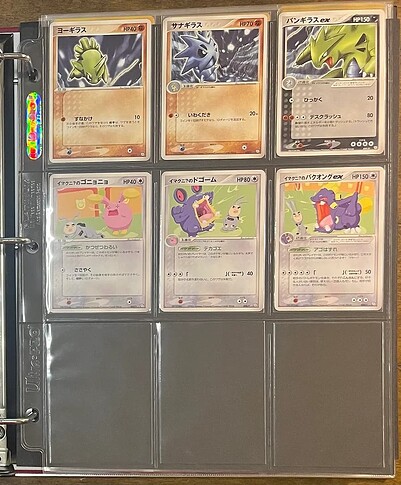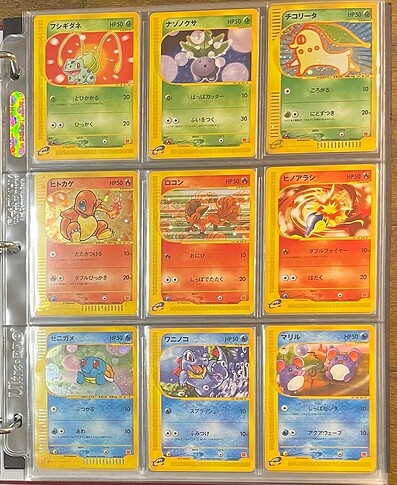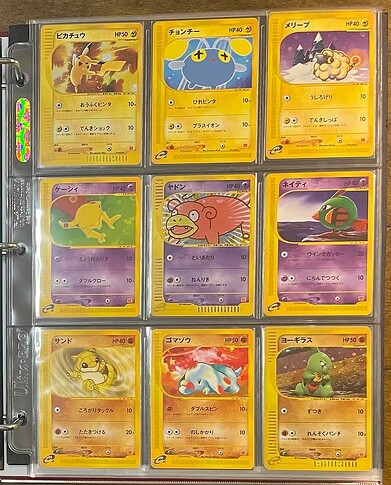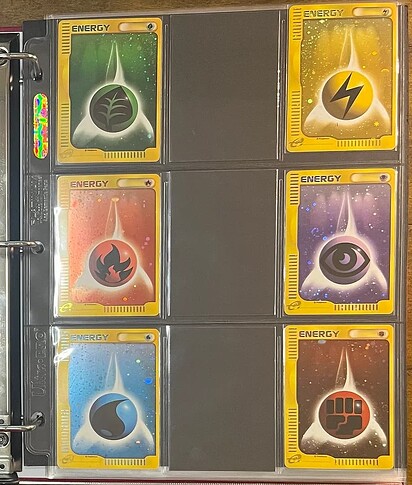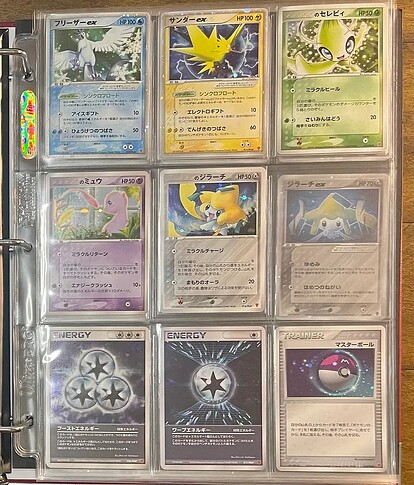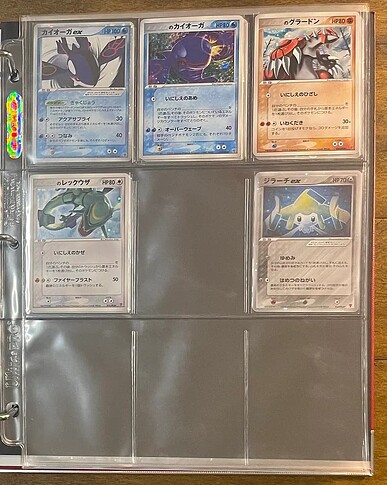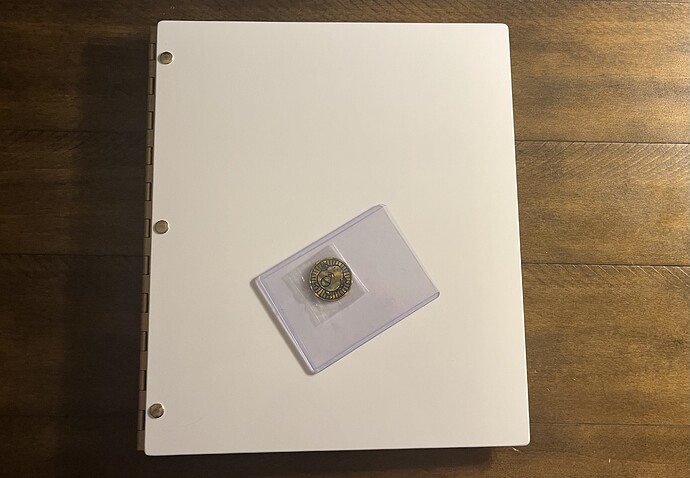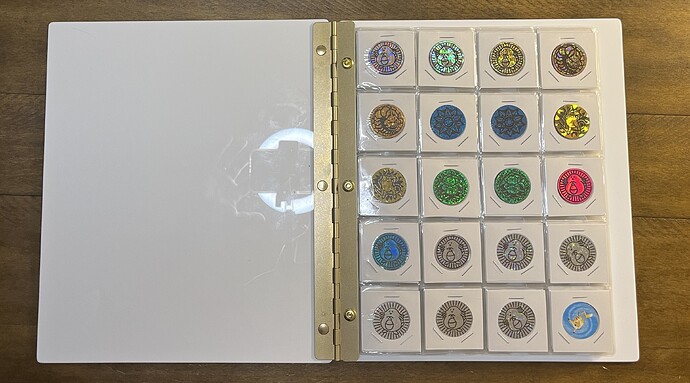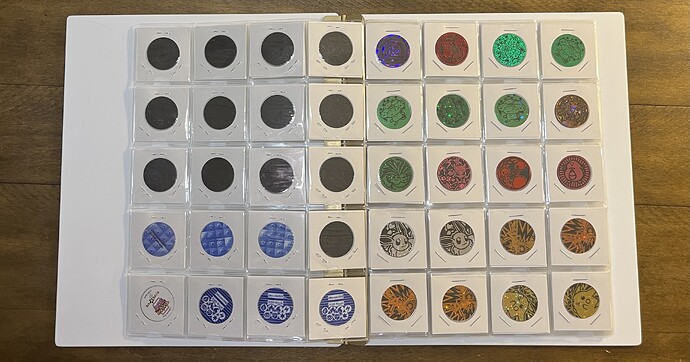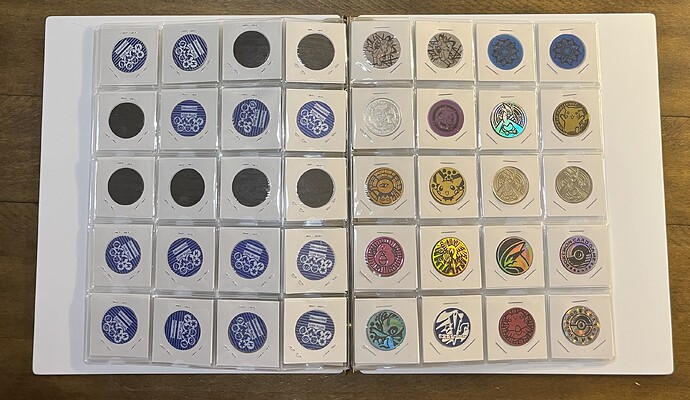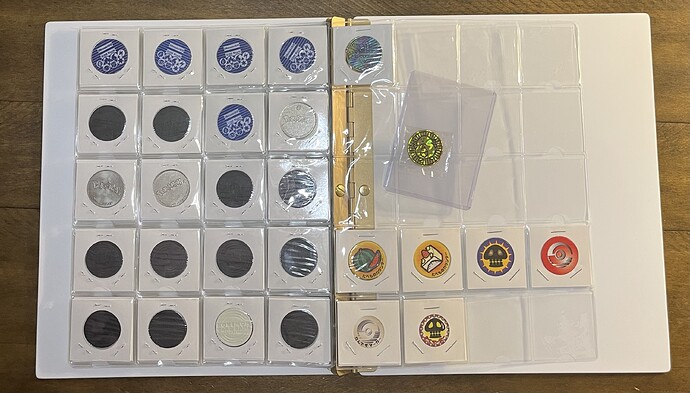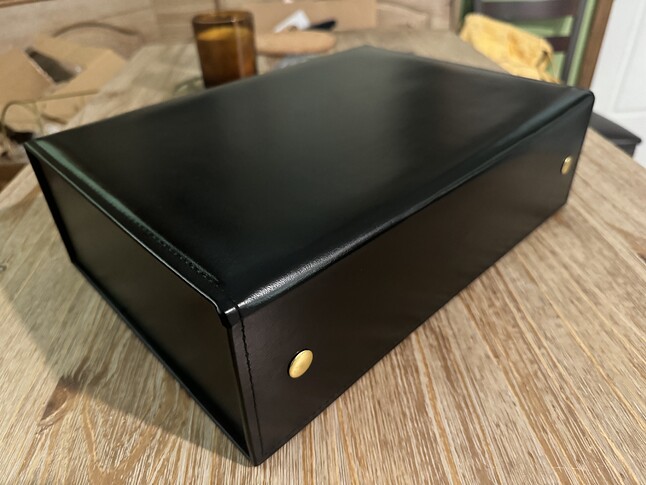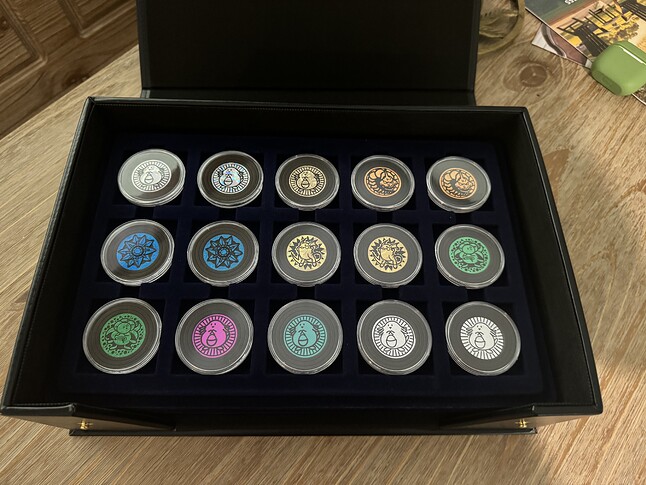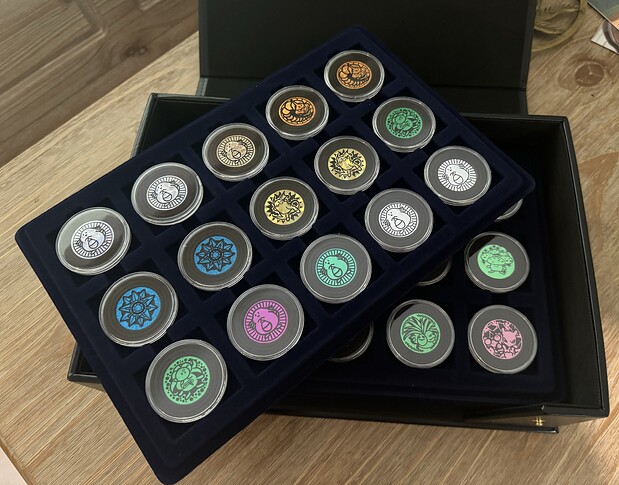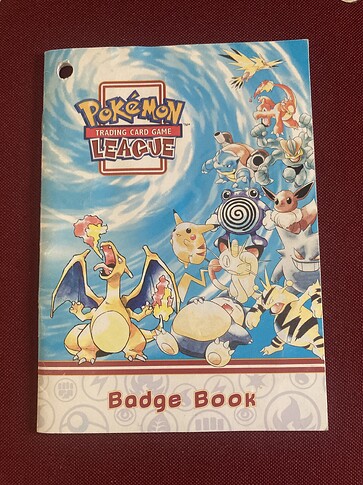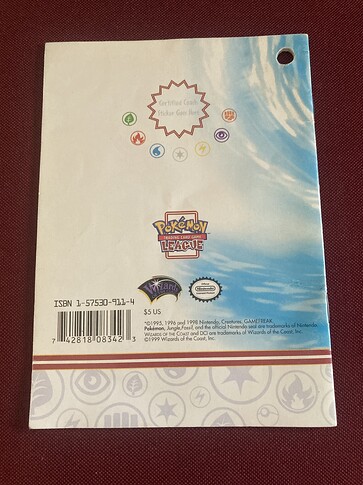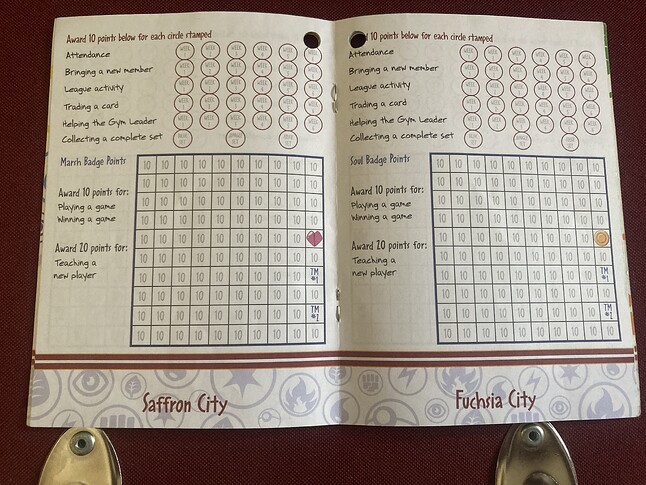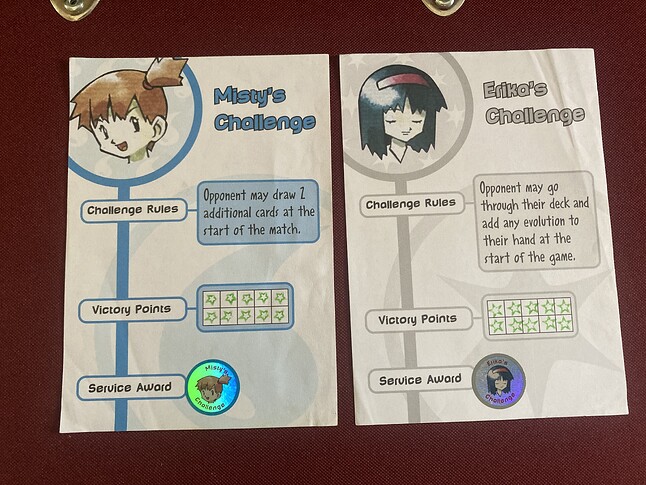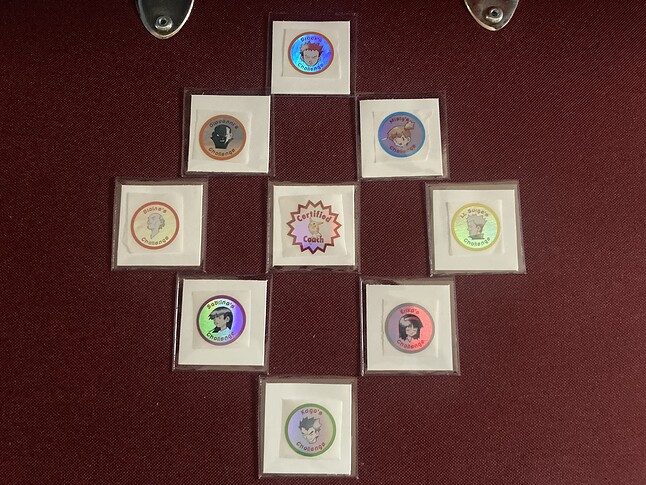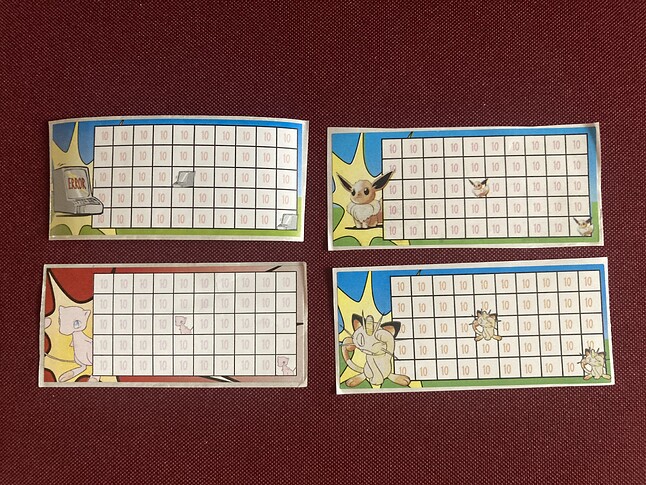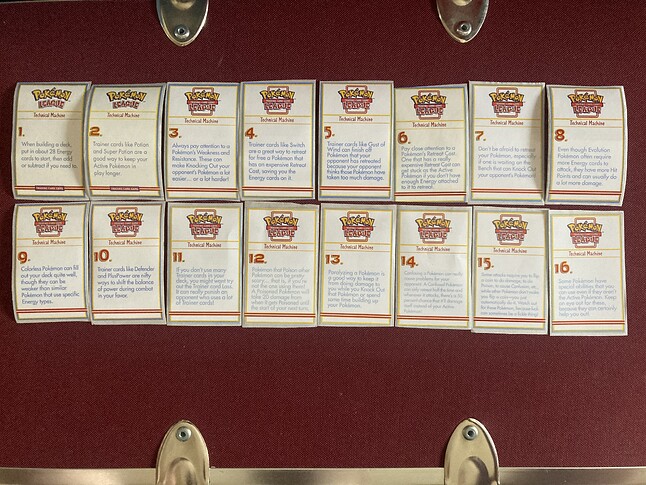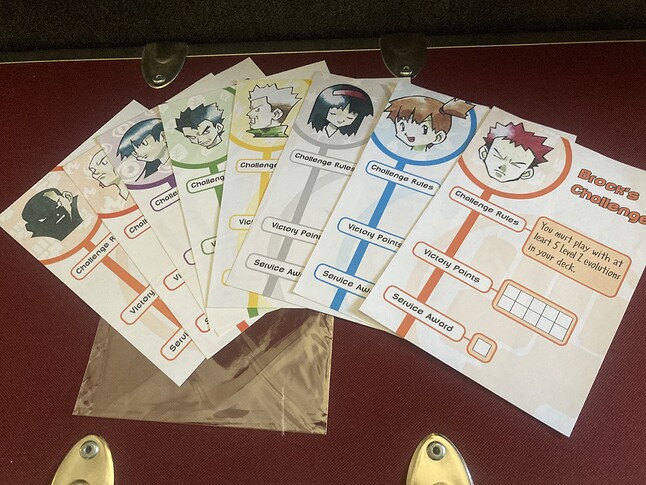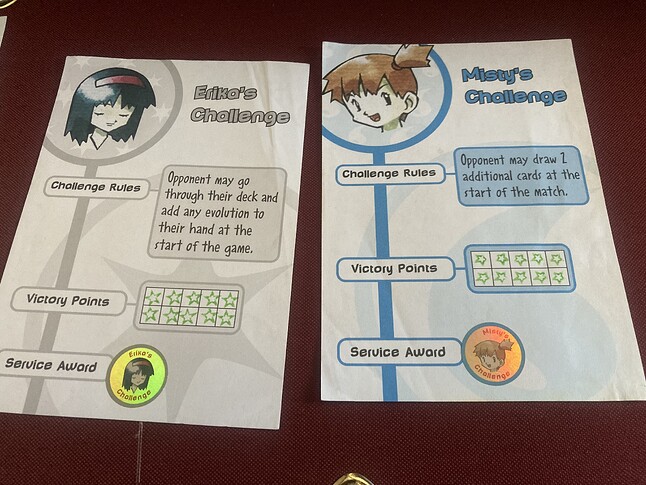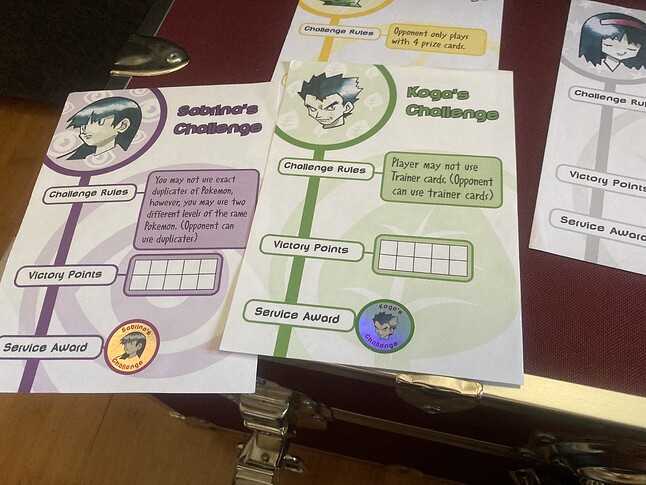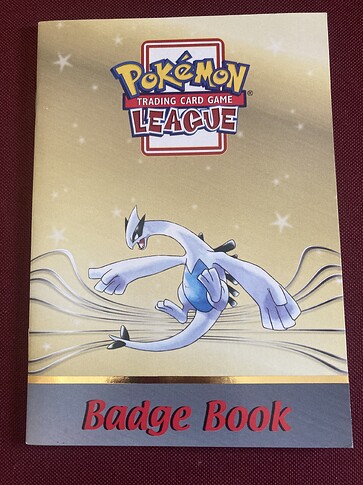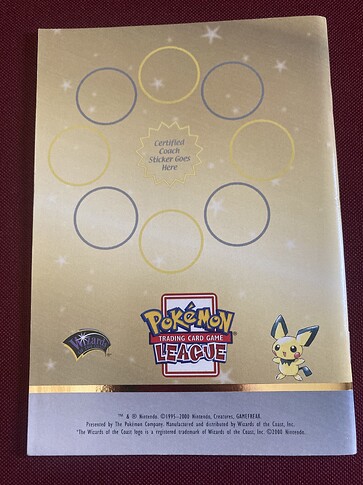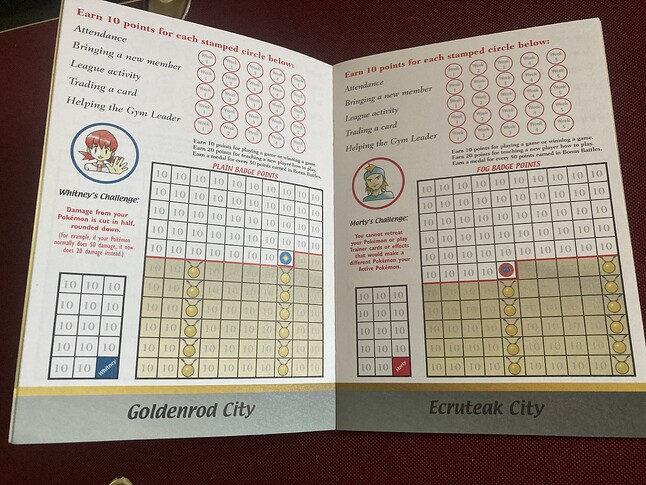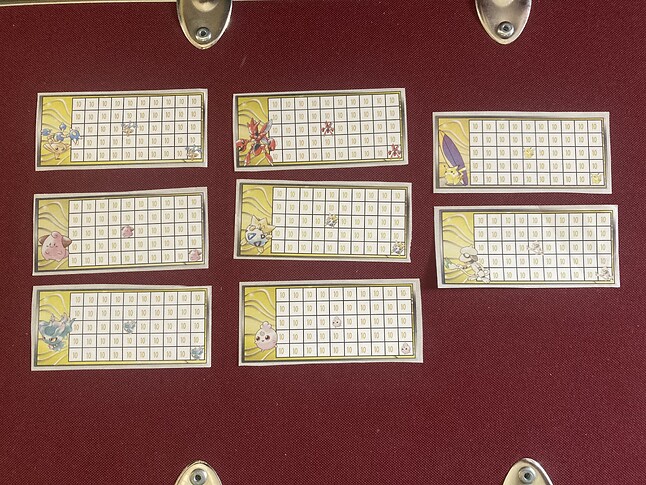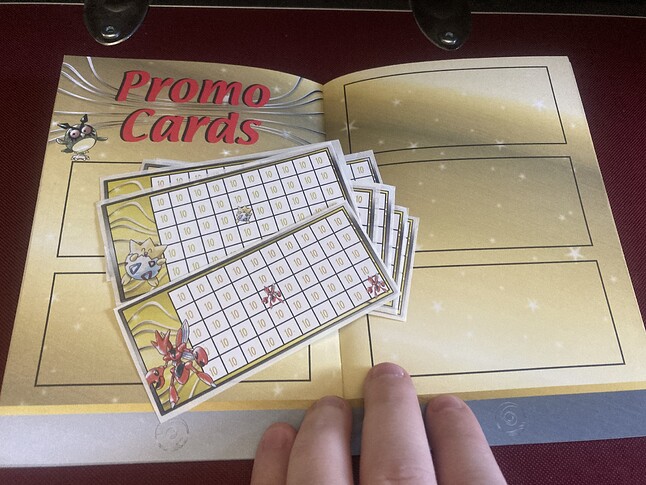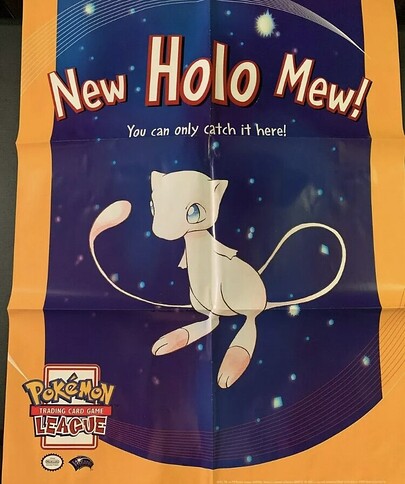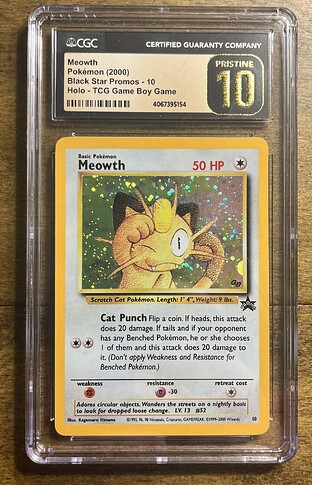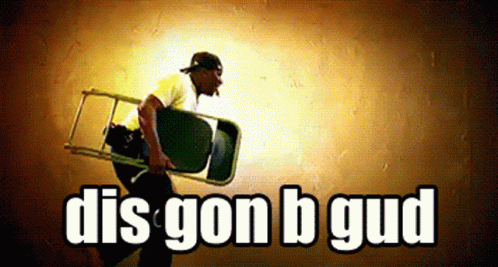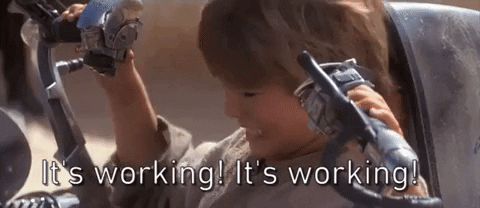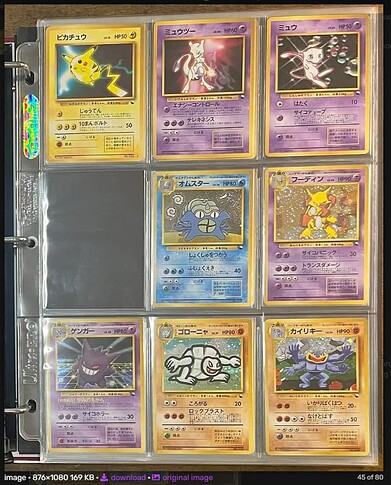![]()
![]()
This thread is a work in progress, but the thread will be easier to edit when the banners are in place on the draft. Currently Posts #1 and #2 are done (at least in their 1.0 form). I will continue to make additions and formatting improvements.
Special thank you to my longtime friend and esteemed collaborator Llyrwenne for making the banners for me.
Introduction
I am and have always been a binder collector. I think the experience of flipping through nine pocket pages is the idyllic expression of the hobby and it is the only structure I have ever considered for my personal collection. No slab is too sacred to crack. No card is too rare to sleeve. My cards go in nine-pocket pages as God intended.
I find the binder experience very authentic and rewardingly interactive. The images I have produced for this thread are the sort of medium quality documentation you’d expect from someone who has never shared pictures of their collection before. Complete with my fingerprints and glare from the overhead light, the photos I’ve taken accurately represent the authentic and interactive experience I think keeping a binder really provides.
Some day when this collection is complete I will do a better job documenting it, but for now I am satisfied with simply capturing the cards as they are.
Formerly a set collector, a constant in my collection has always been promotional cards. I connect with these cards over their individuality - every card has a little story that makes it unique. The experience of collecting promos is one of research and discovery where there is always something new to learn. I also take great pleasure in sorting and categorizing them, which is an imperfect pursuit. I will use this thread to support continued documentation of my collection as it nears completion.
The quick and dirty Photobucket can be found here. When the collection is complete someday I will make proper scans and make a beautiful album, but I do not want to wait that long to share.
If you are interested in the binders I use, I have a separate thread about them here.
English cards are not nearly as difficult to categorize as Japanese cards. Their releases often lend themselves to obvious categories, but occasionally there are some breaks in the pattern where I get more subjective. Before I begin, I think it makes sense to define the two terms.
Vocabulary
Card Families - These refer to cards who share an obvious origin, trait, or identifier that engenders an innate grouping. While Black Star Promos are numbered rigidly, these cards exist outside numbered conventions. Cards like W-Stamp Promos, Prerelease Stamp Cards, and tournament participation prizes are all obvious card families that I take advantage of here.
Ordergami - A portmanteau of order and origami, ordergami is a term I use to describe the purposeful arrangement and aesthetic of a binder page. This is an abstract concept, and it is not always consistent when I do and do not prioritize it, but sometimes I make organizational decisions for the sake of ordergami.
Vintage English promos, my oldest curiosity, is a comparatively short list with finite entries. Wizards of the Coast did not produce nearly as many promotional cards as were manufactured in Japan, but there are also cards released in English beyond the Black Star Promos from some unexpected places.
Wizards of the Coast Black Star Promos
Ancient Mew
Ancient Mew is a bit of an exception in my collection, and the first exception in what constitutes an “English” Promo. There is only one Ancient Mew card released globally, the first one this page, followed by three Japanese Ancient Mews, one of which is a copyright error. The final two cards are actually modern releases - a 2019 Japanese release and a 2020 South Korean release.
I like Ancient Mew. It is such a special card, so I collect all the releases. The cards and the main inserts (English, English International, modern Korean) produce a nice complete page - but we’ll see how that changes if this card is ever released again!
W-Stamp Promos
This is one of my favorite categories. I really like the cards chosen to represent the sets and I think the W-Stamp is a classy and understated addition. I don’t like that they’re in a different place on every card, but I’m sure that was done for visibility.
I have found that even people aware of these cards are sometimes surprised to realize each release corresponds with a specific set - each of the Gen 1 expansions. Dark Arbok was an international release for Lunar New Year, which is why Rocket got two!
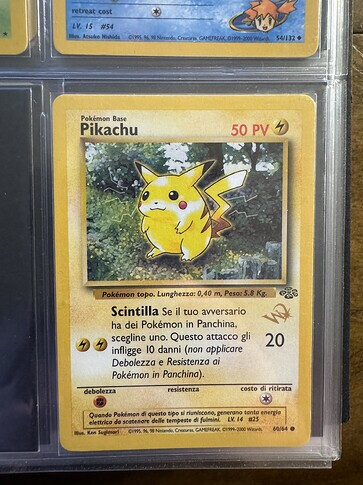
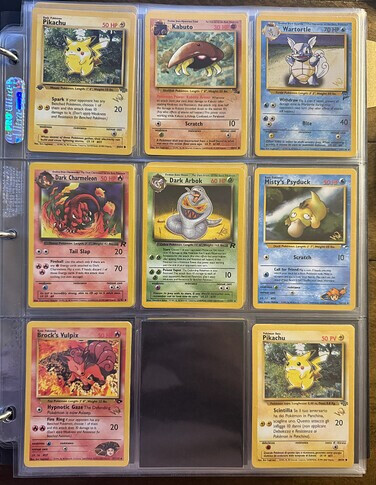
EDIT: I recently added the Italian Pikachu. Even though it’s not an English card and I don’t usually collect European languages, it just seemed wrong to omit from this collection. ![]()
Prerelease Cards
My favorite one of these is the Cosmos Aerodactyl, released in Europe. Cosmos Fossil was otherwise not released in English. What could have been!
Holographic Energy Cards
Cool cards issued to tournament participants. Holo energy cards aren’t really the stunner they once were, but back in the day seeing holographic energy cards was incredible. These are actually the first full-card holo variants, even though we don’t really think of them that way.
Unnumbered Miscellaneous
E3 Pikachu 1, PokeTour Pikachu, and E3 Pikachu 2 are joined by Gold Border Meowth as oddball one-offs. I really like Gold Border Meowth in particular. In this era Japanese cards had gold borders and and English cards had canary yellow, so the Gold Border Meowth is a fun sort of “what if”.
Japanese-English Releases
This is my own term to that refers to Japanese releases printed in English, which there were actually quite a few of. In some instances the differences are so minor that most people would not notice, but for others the difference is much more pronounced. Featured on this page is the Kanzenban Mewtwo #3, one of my signature cards. An exception to the language is also the GOTTA Magazine French release of Pikachu #4. While the card is obviously not in English, it made sense to go here. That’s Ordergami, baby.
Media Factory e-Reader Demos
These controversial cards were not produced by Wizards of the Coast, but rather Media Factory (the Pokémon TCG’s Japanese designer). They were made to promote the e-Reader and intended to be used at in-store kiosks. The top two are from E3 2002 and feature Japanese card backs. The subsequent rows, which are also paired with their accompanying Game & Watch card, were intended to be used in-stores at demo kiosks. Their punched holes served this purpose. One of the sets is glossy and one of them is not. It actually is not clear to me if they ever saw their intended use.
Other variants of these cards appear in the “Sample Set” of cards printed for a closed event and the For Position Only prints - neither of which I own. But the narrative around these cards is still cool to me.
Southern Islands
Contrary to their Japanese “Rainbow Islands” counterparts, I think it makes sense to refer to this English set as promos. The tradition of special sets, or mini sets, was never really established by Wizards and the only category it makes sense to put this release into is English promos. But believe me I still lose sleep over whether or not these cards should be categorized as such, but we’ll save that drama for the Japanese section.
Pikachu World Collection (Sydney 2000 Olympics)
This is not my favorite set, but it’s a neat page of Pikachus and one of them is in English. Distributed as a set of 9, I always thought this release had a lot in common with the Japanese Neo Premium Files.
Best & Winner WotC Promos
The end of an era immortalized in cardboard - two groups of cards that were never finished. Released at the very tail end of the WotC license, these stamped tournament cards always remind me of a house abandoned in a hurry. Everything is just as they left it, gaps and all.
I always wondered if we’d ever see the missing cards from each group surface anywhere, but to my knowledge they never have.
Errors and Variants
I typically do not collect errors, but there’s a handful of exceptions I make for this collection. The first is the 1st Edition Stamped Ivy Pikachu, which I personally believe was a canceled release that was included in boosters accidentally. The next is a No-HP Persian, a curious card I’ve always wondered about. The release of this promo was actually delayed due to this error, so I don’t think they ever got distributed in magazines like they were supposed to. Why are there so many of them in the wild then, I wonder?
Next are the 3 birds with the incorrect artist attribution. I keep the corrected versions in line with the other Black Star Promos.
And the last 2 are silver stamp promos that I am not sure what to do with. Some lazy ordergami for you - at least the page is an interesting shape.
Inserts & Filler Cards
While not cards, I like to also keep all the filler and insert cards that these promos were distributed with. I think some of them are pretty fun, but I only have the “fronts” shown here. I should have taken pictures of the reverse-face since it’s so important to what makes these cool, but oh well. There’s some non-promo inserts as well that I thought were good inclusions for the benefit of the record.
I typically don’t collect sealed product, but I do collect the individually sealed cards. These are in the back of my binder but they present nicely and it makes me happy to have them here.
Sealed Promos
For as many as there are here, there’s actually only a handful of cards distributed this way. Most of the inclusions in this section are packaging variants of the same cards. The black square is just for ordergami purposes as to put all the Legendary Birds on their own page. Maybe some day I’ll find another variant to fill that gap and not disrupt the flow!
As we transition to the Japanese section of this thread, these two concepts become much more important. Japanese promos are numerous, varied, and eclectic. They are rarely numbered and they can be esoteric and complicated to categorize in any sensible way. I’ve shared my reasoning on my attempts to categorize these cards before and most of these ideas are used in this section.
Do not be fooled by some of the neater categories - it takes a lot of work to and thought to achieve flattering ordergami in some of these sections. While the previous English section was reasonable self-explanatory in how I made the categories, this next section is a lot more personal.
I recommend referring to my Progress Report spreadsheet to see the cards I dedicate to each category. It will make identifying them much easier, if you’re interested! The categories aren’t in order, on this document, but the cards in each category are.
There’s exceptions to everything in the world of Japanese promos, but it is generally true that Old Back cards are unnumbered while New Back cards (featured later) introduced numbering systems to make it easier to track them. But I think Unnumbered Japanese Vintage is my favorite, and the most fun, class of Pokémon card. Everything in here is so varied, so colorful, so different from one another. I hope you enjoy the tour!
CoroCoro Promos
This is probably the most well-known category of Japanese promos, comprised of cards distributed through CoroCoro magazine, Many Japanese promo collectors start here, which I also recommend!
Featured inconspicuously in this section is the corrected Kinebuchi Pikachu, which eluded me for many years. I genuinely believed I would never acquire this card, so it’s very special to me. True to form however, it is slotted in its place in timeline of its comrades on Page 2, Slot 8.
CD Promos
Something that sets Japanese promos apart from their English releases is that many of them feature special set symbols and markings, which I defer to as a de facto identifier when assembling card families. One such category are CD Promos, which all bear the stamp of Pikachu Records. This is one of my favorite families and I love all of these cards.
Game Boy Promos
Another category with a set symbol to bind them together. These cards all feature cards associated with the release of Pokémon: The Trading Card Game 1+2 for the Game Boy Color. We only got one card - a holo variant of Meowth - but Japan got eight across the two game releases. An insert for the Lugia and Mewtwo is featured for some good Ordergami - each card is featured on each side.
Vending Supplements/Expansion Sheets
I consider these cards part of the Vending series of cards. From what I gather, many Japanese collectors to do. This category includes three peel-mounted cards from the World Hobby Fair and the famous and beloved Masaki/Communication Event promos.
While Vending itself is not a promo set, many Japanese promos were printed with set symbols to associate them with the sets. This is why I group these cards together.
Natta Wake/How I Became a Pokémon Card
These cards are wonderful and all illustrated by my favorite artist, Kagemaru Himeno. 5 of these 6 cards feature a unifying set logo, but Birthday Pikachu does not. This makes me insane and we aren’t going to talk about it! Focus on the ordergami! ![]()
Lucky Stadiums
These cards were distributed at Pokémon Centers across Japan, with each being associated with a specific location. The 8 cards distributed almost make up a full page and there are two theories of which card could be used to finish the page: the boring set card that these are all variants of, or the fabled Tropical Mega Battle Bilingual Lucky Stadium card. I opt to use a blank piece of paper. Ordergami.
Neo Premium Files 1+2+3
These are really fun card sets, I like them a lot. Each was distributed in a folder to promote the first three Neo expansion sets. In the US we got some of these cards printed into our main sets, but not all of them.
Notably, Premium File #2 features the only Charizard of the Neo Era. How weird is that? It was never printed in English.
Miscellaneous Unnumbered Cards
And this is where the magic is - all the cards with no logical or identifiably groupings. This is my favorite category of cards!
I am missing two major cards from this set still: Fan Club Eevee and Shining Magikarp. These are expensive and are longterm goals, although Eevee is certainly closer. Shining Magikarp may be the last card I ever buy for this collection given its cost.
A note about card backs…
We are on the cusp of the change from Old Back to New Back cards, but the break is not quite as clean as it seems. The transition was handled at an event where two cards of the same name were printed: Touch Generation Change. One featured the Old Back and was in the style of classic unnumbered promo releases. One featured the New Back and was numbered as part of the “P Series.” As a result, these cards are separated in the collection despite being released together to represent the turning of the tide. For the remainder of this section, each set features the new revised Japanese back.
Even two of the cards on the previous page, Pryce’s Lapras and Ponyta, snuck in as Unnumbered New Back promos. But the age of unnumbered cards has ended. Welcome to the age of set numbers!
“P Series” Promos
Our first set of numbered Japanese promos, the P Series, features a lot of affordable and interesting cards and one card most people will never get to have. Why they made Tropical Wind a numbered promo in this set is unknown. Leading theories is that they did it to hurt me. Tropical Wind’s space is occupied by a black filler card. This is the saddest one in my collection.
I am still missing a few cards from this set, namely the Triple Get promos. They are expensive so they are coming in slow.
“T Series” Promos
The set that got me to breach into New Back/Generation III even though I am a Gen I+II collector, this set featured releases three at a time that all showcased artwork by the same artist, an idea we have not seen very often in the long history of the card game. There’s also an emphasis on middle evolutions, which I thought was a rare touch. This is one of my favorite promo sets conceptually.
McDonald’s “e-Minimum” Cards
It took me a long time to figure out what this set name was supposed to mean, but basically the cards were released in such a way as to engender the minimum amount of cards required to successfully play a round of the card game. Despite this weird concept and weird name, I think this is a super underrated set with a lot of excellent cards.
There’s even some built-in Ordergami, with each row being focused on one type.
“PLAY Series” Promos
This set is incredible, but difficult to collect. Every card in this set is a gorgeous ex era holo featuring an appealing selection of Pokémon in some of their iciest, cold-steelist art. I love this set, but there’s definitely some cards in it I may never get. The Gold Star Eevelutions need no introduction here, if you know you know. I currently own none. But despite the challenges in assembling the set to its fullest, it is too beautiful of a collection to ignore.
Collection continues below…





